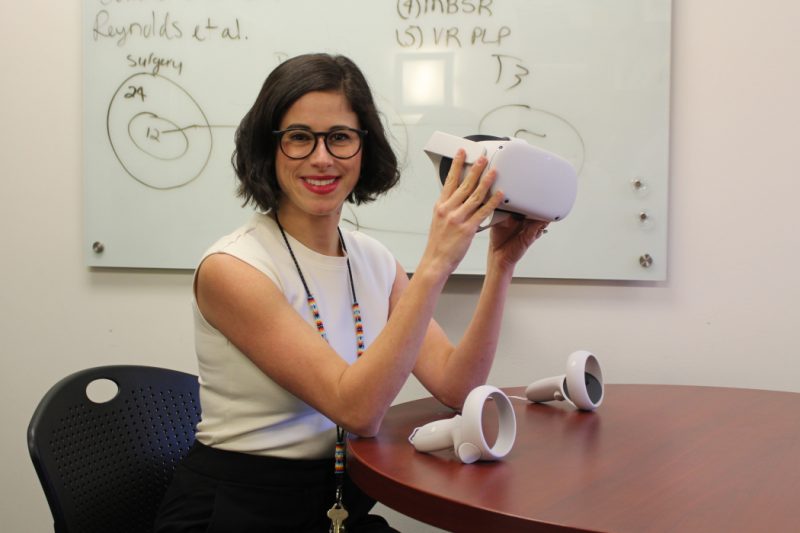
Cooking on a gas stove can emit a higher level of carcinogenic benzene than what’s seen in second-hand cigarette smoke, with the pollution spreading throughout the home and lingering long after the stove is switched off, a new study concludes.
In some homes, lighting a gas stove raised indoor benzene concentrations above health benchmarks for outdoor air, the Stanford University study found, adding to a growing body of evidence that gas stoves are a potent and dangerous source of pollution, the New York Timesreports.
- Concise headlines. Original content. Timely news and views from a select group of opinion leaders. Special extras.
- Everything you need, nothing you don’t.
- The Weekender: The climate news you need.
“I found it startling,” said lead author Yannai Kashtan, “that concentrations that were enough to trigger a public outcry when they were detected outside, are concentrations that we’ve found repeatedly inside, just from stoves in people’s homes.”
Past research has shown that gas stoves emit high levels of several pollutants—even whileturned off. But the recent study conducted through Stanford’s Doerr School of Sustainability is the first to focus on the benzene released by a stove’s flame during combustion. Inhaling benzene can increase the risk of health effects including leukemia and lymphoma, and doctors say no level of exposure is safe.
“We knew that when you burn methane, you get benzene,” said Dr. Janice L. Kirsch, an oncologist and former investigator on a large-scale study of childhood leukemia who was not involved in the Stanford research. “But to actually do the measurements is groundbreaking, and levels are higher than what was expected. It’s way more dangerous.”
She added: “Benzene is the stuff nightmares are made of.”
The studyassessed emissions from stoves in 87 homes across California and Colorado, measuring benzene concentrations from single gas burners or ovens set to 350°F for 45 minutes. In their results, the researchers found that the range in emissions from natural gas and propane stoves was 10 to 25 times greater than those from electric coil and radiant alternatives.
In about a third of the homes, benzene levels rose “above the upper range of indoor concentrations seen in second-hand tobacco smoke,” writes the Times. “They noted that similar concentrations, when identified in 2020 near schools in Greater Los Angeles and the Colorado Front Range, led to investigations by the authorities there.”
And the pollutants were not restricted to the kitchen. “Benzene produced by gas and propane stoves also migrated throughout homes, in some cases elevating bedroom benzene concentrations above chronic health benchmarks for hours after the stove was turned off,” the researchers wrote.
This study is only the latest to show the harmful side effects of using a gas stove, which has become a politicized issue in the United States. Republican lawmakers and officials haveprofessed allegiance to their cooking appliances, and last week House Republicanspassed a Gas Stove Protection and Freedom Act to prevent federal funds from being used to regulate gas stoves as a hazardous product.
But Kirsch said homeowners can control their own levels of exposure and reduce indoor pollution by opting to use induction hot plates, electric kettles, and toasters.
“That gives us a way forward,” said Kirsch, who emphasized that proper ventilation is also important to maintain indoor air safety.
Study Compares Gas Stove Pollution to Second-Hand Smoke - The Energy Mix
Read More

No comments:
Post a Comment